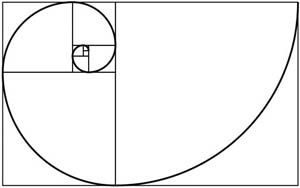After receiving the fomative feedback a week ago I have been working out goals and ideas of what to do with the feedback and how to progress from here. I have come up with some techniques and systematic approaches to work from in order to create a better and more efficient workflow especially for Game Production where there were a couple of minor issues which need to be addressed.
Firstly I have started working on a flow diagram which I can follow for each mesh before I put it into engine. I am also working out some folder structures that I can use and some photoshop organisation to use. This will hopefully eliminate ngons, floating verts, unsmoothed areas and unnamed objects. Below is a work in progress of the flow diagram which will eventually address the issues with exporting meshes.
Considering that during the week I am in the labs everyday as much as I can be, I have decided that I'm going to try and dedicate Saturday and Sunday to personal briefs, blog posts and catching up on work I'm behind on. Unfortunately from January I am still working at Le Bistrot Pierre, I have recently been needed to work a lot more than desirable, 6 days a week, as its December and so my work load has increased to a degree that I am not very comfortable with. I have discussed this with them and we're trying to work out how I can work as little as possible.
At the moment I am working on the BMW art test, the Mortal Engines Character project and re-doing a final for Visual Design. In my assessment I was told that there were some key areas that I need to improve with my painting work because of this I was told to redo some final pieces to show improvement and maybe bump me up to the very good mark. As I am very keen to show this off I have decided to redo my Bradgate Park final with more depth, layering, compositional adjustments, compositional improvements and have more emotive elements.
This is where I've got to with the Mortal Engines sculpt, I'm behind schedule but I'm pretty happy with how its coming out and I'm enjoying sculpting more than I expected to. Still lots to do but I hope to be done by Wednesday evening so I can retoplogise and start texturing.
The BMW art test is slowly becoming more and more of a fully formed idea and I've got to the point where I can start making assets which I'm planning to do on Thursday. Below is the white box showing the idea of what I'm going to make but I don't feel I have the time to paint it even though I would quite like to. At this point I'm uncertain whether I will use Max, UDK or Cry to render the images, I'm wanting to do it in Cry but that is teaching myself another program so may not be the best choice. Again I'm behind schedule but I have planned out what assets I'm going to make and how I'm going to go about it.
 |
| Final Idea, unpainted to save time. |
 |
| My initial idea of a subterranean modern art house. |
 |
| My second idea, questioned/shot down because of the grimey-ness BMW being a more premium brand. |
 |
| First whiteboxing of a dock scene, I thought it was far too large scale with not enough modular pieces. |


.jpg)












